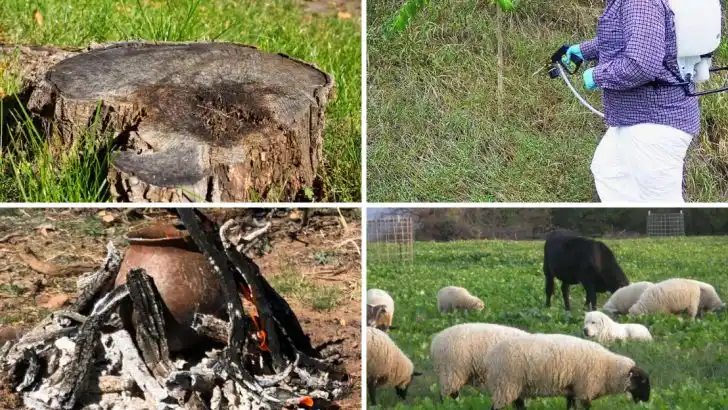Japanese knotweed was the kind of problem I thought I could handle with a weekend of digging and a little persistence. I was wrong. No matter how often I cut it back or how carefully I dug, it came back—stronger, taller, and spreading further. It started to feel like I was losing ground, both literally and mentally.
It took years of trial, error, and a lot of research before I finally found a method that worked—and stuck. If you’re dealing with knotweed, you already know it’s not a one-and-done kind of weed. But it can be managed and even eliminated with the right approach. Here’s what finally worked for me after years of frustration.
Method 1: Root Removal
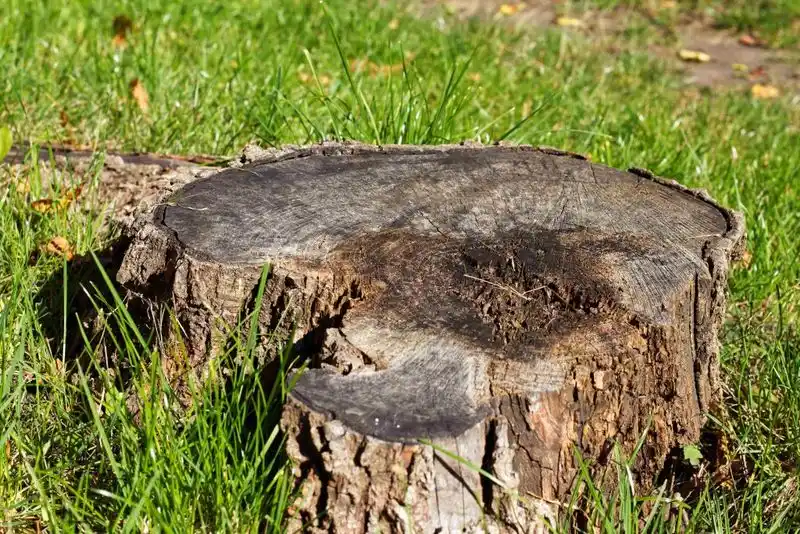
Armed with a shovel and a determination to succeed, I embarked on the rigorous task of root removal. It started with a systematic excavation, carefully uncovering the roots beneath the soil. The painstaking effort required precision and patience, as missing even a small fragment could result in regrowth.
Cold mornings turned into warm afternoons as I labored tirelessly, driven by the vision of a knotweed-free garden. The satisfaction of pulling out the final root was unmatched. This hands-on approach, though labor-intensive, laid the foundation for lasting success.
Method 2: Herbicide Application
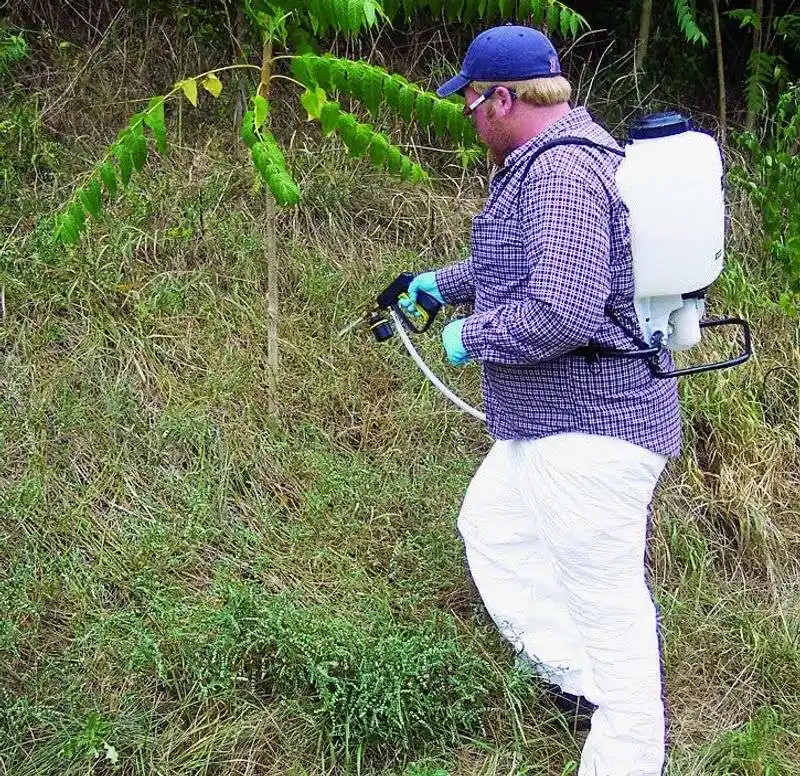
Equipped with specialized herbicides, the battle continued. Chemical control required strategic timing and precise application. Targeting the leaves during the active growth phase ensured maximum absorption.
Watching the once-thriving plants weaken and wither felt like a victory. Safety was paramount, with protective gear and cautionary measures in place to prevent harm to the environment and neighboring plants. This method complemented the physical removal, ensuring any remaining roots were effectively neutralized. Success was not immediate, but perseverance paid off in the end.
Method 3: Smothering Techniques
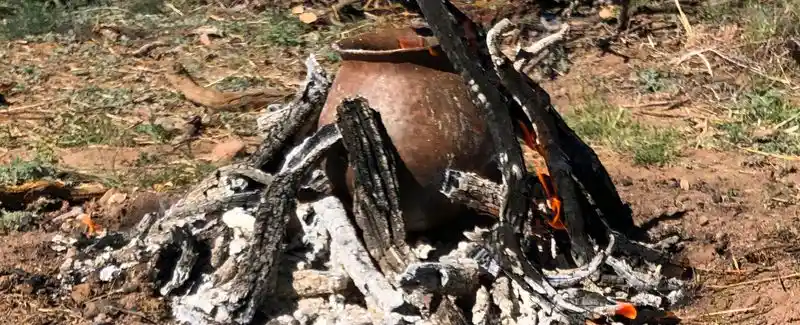
With creativity as my ally, I turned to smothering techniques. Covering the affected area with tarps and soil, I deprived the knotweed of light and air. This innovative approach required little maintenance but demanded patience. Months passed, seasons changed, and slowly the persistent knotweed began to fade.
The sight of soil reclaiming its vitality was rewarding. Smothering served as a gentle yet effective method, allowing nature to take its course without aggressive intervention. It was a testament to resilience, proving that sometimes, less is more.
Method 4: Boiling Water Treatment

In a moment of inspiration, I discovered the power of boiling water. Armed with a kettle, I poured scalding water over the invaders. This method was both simple and surprisingly effective, targeting the roots directly.
The steam rose like a battle cry, signaling the demise of the stubborn weed. Repeat treatments ensured thorough eradication. This natural method offered a chemical-free alternative, appealing to eco-conscious gardeners. The unexpected success of boiling water was a delightful surprise, transforming a mundane task into a triumphant ritual.
Method 5: Grazing with Animals
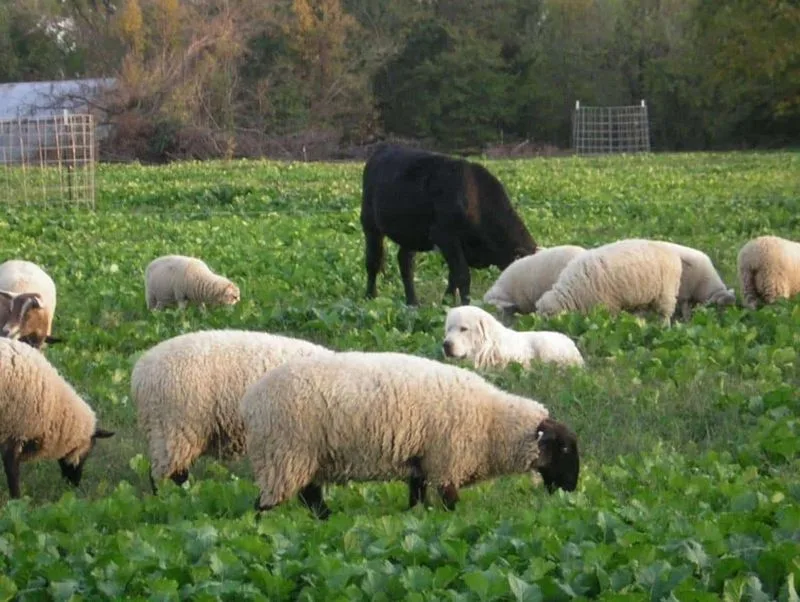
Entertaining and efficient, using goats proved to be an ingenious solution. These voracious eaters delighted in feasting on the knotweed, turning a nuisance into a feast. The sound of munching was music to my ears as they tirelessly grazed.
Natural and sustainable, this method required minimal effort on my part. The goats’ insatiable appetite for knotweed ensured consistent control. As they roamed the fields, my garden slowly regained its former glory. Harnessing nature’s own helpers made the process enjoyable and effective.
Method 6: Professional Consultation

Seeking expert advice marked a turning point in my battle. A horticulturist brought fresh insights and specialized knowledge to the table. Through detailed analysis, they crafted a tailored strategy that integrated various methods.
Their expertise filled in the gaps of my efforts, addressing persistent challenges. Collaboration unlocked new possibilities, elevating the fight against knotweed to a professional level. This partnership emphasized the value of knowledge and teamwork in tackling such resilient adversaries.
Method 7: Preventive Measures
Prevention became my final strategy. Installing barriers deterred future invasions, acting as the last line of defense. These physical obstructions, coupled with regular monitoring, ensured the knotweed stayed at bay.
Gardening tools became my trusted allies, as routine inspections solidified my vigilance. The achievement of a knotweed-free garden was no longer just a dream. By anticipating and blocking potential threats, I secured a lasting peace in my green sanctuary. It was a proactive approach, ensuring the knotweed saga ended once and for all.

